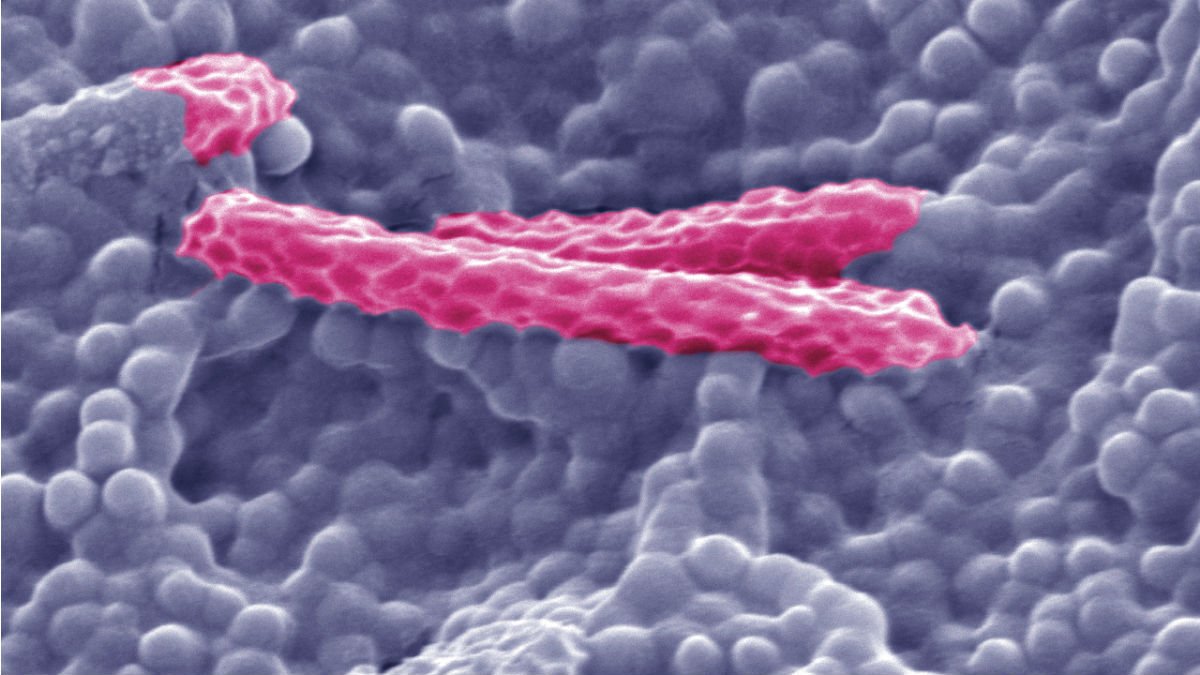Painting with bacteria could revolutionise wastewater treatment
Improvements to a new type of water-based paint containing bacteria could pave the way for advancements in waste management and the production of biomass or biofuel gases, a new study in the American Chemical Society journal, Biomacromolecules reports.

Researchers from the University of Surrey investigated and improved the properties of biocoatings, which consist of a polymeric layer that encapsulate bacteria. When inside the coating, the bacteria do not grow or divide, but they can still perform useful functions, such as absorbing toxins or carbon dioxide. Although other researchers have previously manufactured biocoatings, the bacteria did not stay alive for long, which limited their use. It is necessary for biocoatings to have a permeable structure to allow water and nutrients to enter and keep the bacteria alive, and to allow byproducts to escape.
To improve the effectiveness of using bacteria in the field of waste management and in the production of biomass and biofuel gases, the Surrey researchers sought to resolve the issue of permeability in biocoatings, key to the survival of the bacteria within. They used halloysite, which consists of natural low-cost and microscopic tubes of clay, previously used as a reinforcement for plastic materials. The tiny halloysite tubes created channels in the biocoating to raise the permeability.
Using a specially adapted resazurin reduction assay, the researchers found that bacteria encapsulated in halloysite biocoatings were statistically more likely to stay viable compared to bacteria in the ordinary biocoatings. They determined that a coating made up of 29 percent halloysite had the best combination of good mechanical strength and high permeability. Importantly, fluorescence microscopy determined that the bacteria remained viable and metabolically active for extended periods of time. In the future, viable bacteria could be used to clean polluted water by removing harmful chemicals.
Joe Keddie, Professor of Soft Matter Physics at the University of Surrey, said: “Our research is interdisciplinary. It has been a pleasure for me as a soft matter physicist to collaborate with experts in microbiology. Only when working together could we make a breakthrough in biocoatings. We are grateful to The Leverhulme Trust for making the research possible.”
Dr Suzie Hingley-Wilson, Lecturer in Bacteriology, at the University of Surrey, said: “The majority of bacteria are beneficial and without them many daily processes and life as we know it would be impossible. Maintaining their viability within biocoatings is critical to harnessing their many powers which could revolutionise applications ranging from reducing pollution to clearing up nuclear waste.”
This research was funded by a Research Project Grant from The Leverhulme Trust.
The research was conducted by Dr Phil Chen (University of Surrey), Simone Krings (University of Surrey) and in collaboration with Joshua Booth (University of Warwick) and Professor Stefan Bon (University of Warwick).
Featured Academics
Media Contacts
External Communications and PR team
Phone: +44 (0)1483 684380 / 688914 / 684378
Email: mediarelations@surrey.ac.uk
Out of hours: +44 (0)7773 479911

